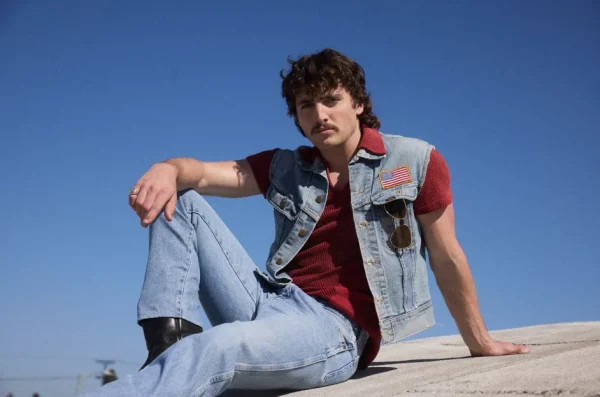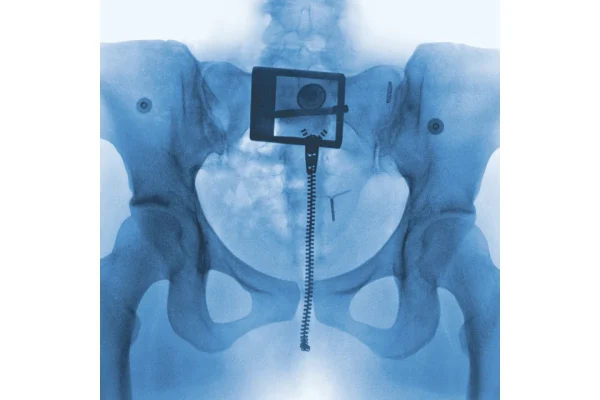Can you separate art from the artist? Dolce & Gabbana’s latest feud has us wondering
In addition to canceling their major show that was scheduled to debut in China, Dolce & Gabbana issued an apology after the luxury fashion house faced a massive amount of social-media backlash over a video in which Asian models ate Italian food with chopsticks many claimed was ignorant toward Chinese culture.
I became aware of this Dolce & Gabbana controversy while scrolling through my Instagram feed. There’s an account that I follow called @dietprada, which highlights controversies and inconsistencies within the fashion industry. The account posted screenshots of private Instagram messages allegedly sent from co-founder Stefano Gabbana, and it immediately went viral.
These private messages were quite vulgar in nature. When an Instagram user asked the question of racist undertones in the video with Asian models eating Italian food with chopsticks, Gabbana slid into his DMs and wrote, “China Ignorant Dirty Smelling Mafia” along with various other paragraphs that included crude language.
The following day, the designers posted a video of them apologizing, claiming the designer and the Dolce & Gabbana account were hacked.
One could argue there’s a possibility their account got hacked, but this seems virtually impossible as the account continued their posting schedule during the hours the designer claims the account was “hacked.”
This is not the first time Gabbana has displayed such crude behavior, though. For the past few years, crude and insensitive behavior has become, unfortunately, on-brand for the luxury label. In 2015, they said they opposed the right for gay couples to adopt (even though the designers are gay, which adds to overall confusion). In response, over 10,000 people signed a petition asking Macy’s and Debenhams to stop carrying the brand. Protestors called for a boycott of the label, and celebrities including Elton John actively spoke out against their rhetoric.
Various Dolce & Gabbana ads seen throughout history depict the oppression of women through objectification and sexual violence as well.
In response to their racist comments coming to light regarding Asian culture, the brand canceled their “Great Show,” which they considered a “Tribute to China.” The show was cancelled a few hours before it was set to begin after several models and celebrities took to Instagram and publicly vowed to boycott the show over the issue of racism.
Situations like this beg the question; can one support the art but not the artist? Can someone still wear Dolce & Gabbana apparel without linking themselves to designer Stefano Gabbana?
Those who respond to accusations of serious wrongdoings by artists and claim we must “separate the art from the artist” provide an appealing concept that rarely works. Of course the focus of any art must be the work, but the line becomes harder to draw when the person who backs that artwork is consistently displaying immoral behavior.
In modern pop culture, individual persons and identity are so deeply intertwined with art that the artist themselves often become impossible to fully dissociate from their art.
This begs the question, should someone who actively has displayed acts of racism, misogyny and homophobia be able to have their art separated from their beliefs? In my opinion, it should not be tolerated and should not be separated. The influence someone like Gabbana has can be leveraged to do harm or good toward others.
The label has made no effort to steer clear from doing harm, and in doing so, should effectively be #cancelled.







